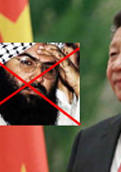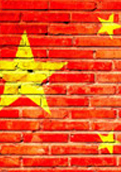China’s vulnerability to terrorism behind its support for Azhar ban
It is neither the Wuhan spirit nor India’s zero tolerance on terrorism but China’s own vulnerability to terror that caused Beijing to ultimately take on board New Delhi’s concerns on terrorism.
- Abanti Bhattacharya |
- May 06, 2019 |











